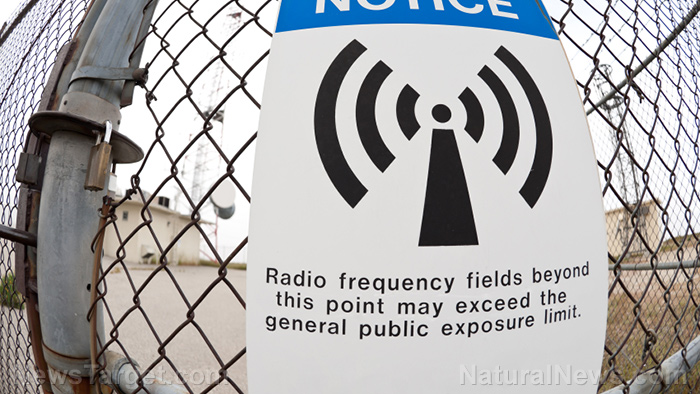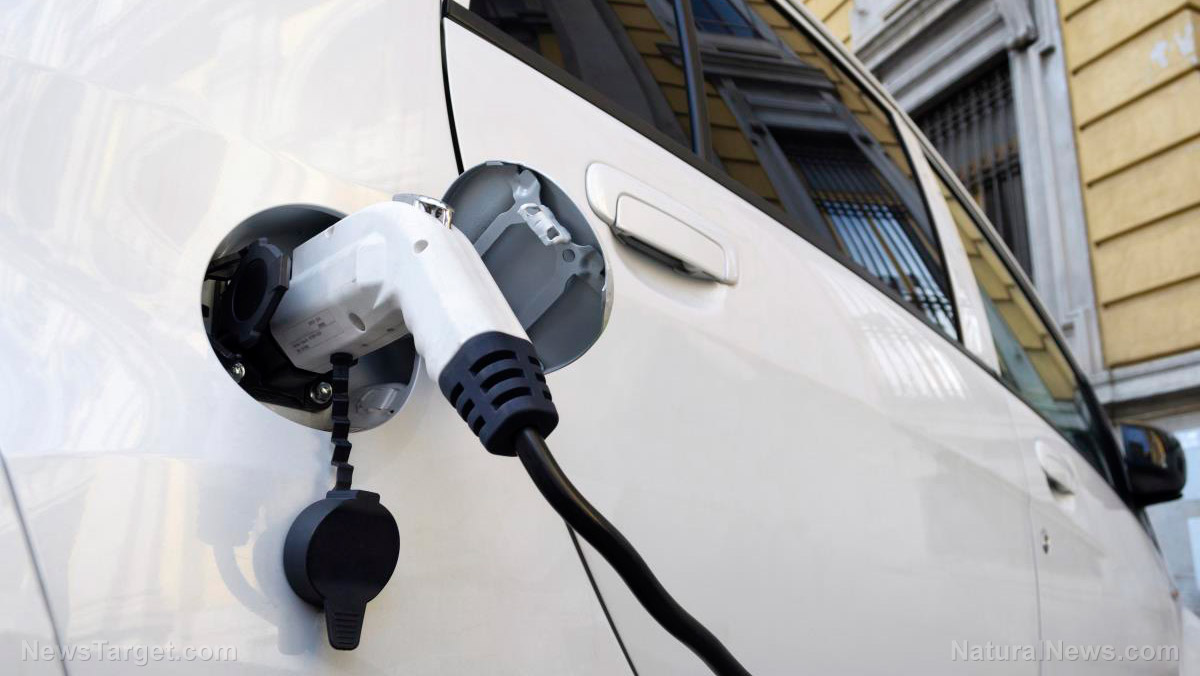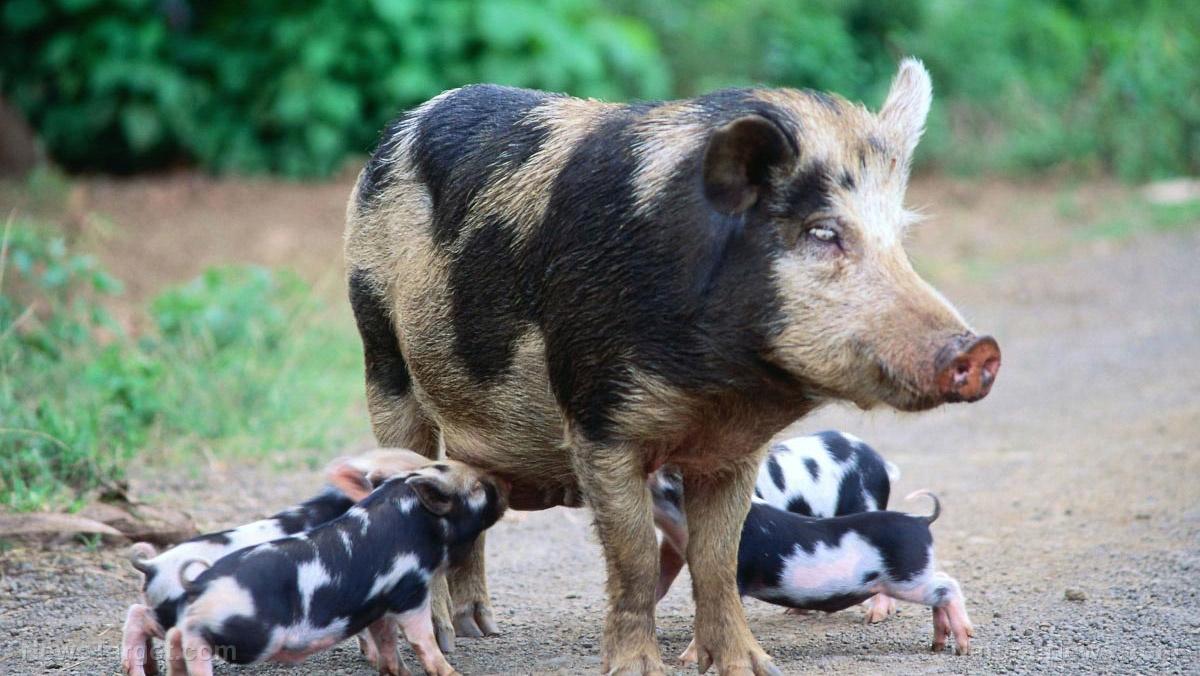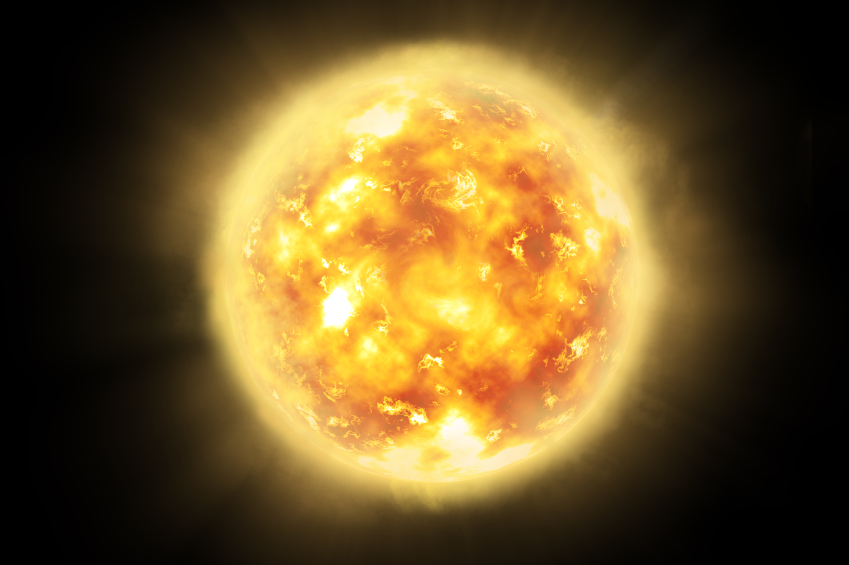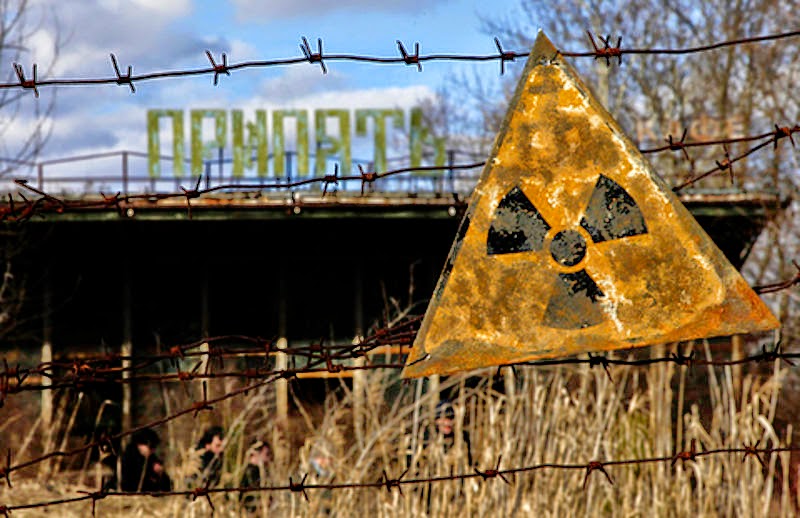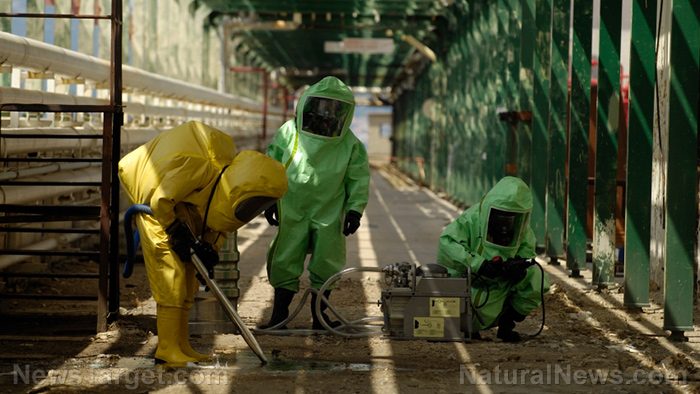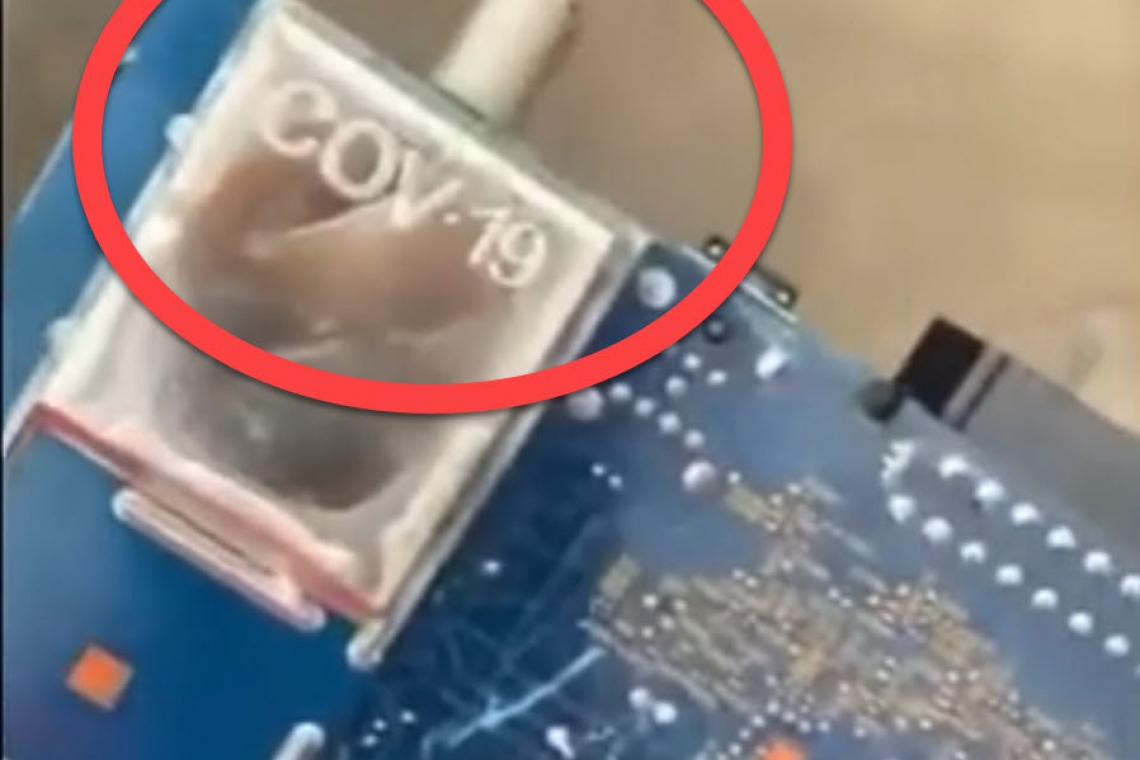Japan and TEPCO claim radioactive Fukushima water can be “safely” dumped in the Pacific Ocean
03/09/2021 / By Cassie B.

The government of Japan plans to release more than a million tons of water contaminated by the Fukushima Daiichi nuclear power plant disaster into the Pacific Ocean despite intense opposition from local fishermen and environmental groups around the world.
Fukushima was the site of a triple nuclear meltdown following a tsunami and earthquake in 2011. The contaminated water, which is currently stored in more than a thousand tanks, will start being released in 2022 in a decades-long plan that will send the radioactive water into the ocean.
The operator of the plant, Tokyo Electric Power (TEPCO), has estimated that all of the available tanks will be completely full by next summer. The water, which was mixed with water used to stop three damaged reactor cores from melting, amounted to 1.23 million tons last September and is reportedly growing at a rate of 170 tons per day.
A processing system is being used to remove highly radioactive substances from the water, but it is incapable of filtering out everything. For example, tritium, a radioactive isotope of hydrogen, cannot be filtered out, among other substances.
Environmental groups, fishing industry opposed to dumping
Environmental groups have accused the Japanese government of seeking the fastest and most affordable solution at the expense of the environment. They also claim that the government’s focus on the relatively less harmful tritium is a clever way to divert attention from other, more dangerous radioactive elements that remain in the water after filtering, such as strontium, ruthenium, cobalt, rhodium, and iodine.
The country’s suffering fishing industry is also worried. Neighboring South Korea, which has already banned seafood imports from the area, has also voiced concerns, calling discharging the water a “grave threat” to the marine environment. Demand for fish from the area overall has fallen to just a fifth of its level before the disaster.
Adding to concerns is the fact that TEPCO has decided not to allow independent testing because of “safety concerns” related to storing and transporting the radioactive water. Groups like Citizens’ Nuclear Information Centre (CNIC) and Greenpeace believe this is merely a coverup of the true extent of contamination.
CNIC Co-Director Hideyuki Ban said: “There would need to be lots of checks because there is a lot of water, but right now it looks very much to the outside world that they are trying to cover something up – as they have a long history of doing.”
It certainly doesn’t add up that the water is too dangerous to test yet somehow not too dangerous to dump into the ocean. The move is destroying what little faith people had in the Japanese government’s ability to handle emergencies and be forthcoming about the extent of the problem. If they had nothing to hide, it stands to reason that it would be in their best interest to provide samples that back up their claims about the water’s contamination levels.
The radiation levels in the sea off of Fukushima were millions of times higher than the limit set by the government of 100 becquerels at the time of the accident, and radioactive substances are still being detected not only off of Japan’s coast but also as far afield as the West Coast of the U.S. Although the concentrations are said to be below the World Health Organization’s harmful level limits, scientists note that there is still some risk.
Nuclear Free Future Foundation’s Horst Hamm told Deutsche Welle: “A single becquerel that gets into our body is enough to damage a cell that will eventually become a cancer cell.”
A European Parliament study reached a similar finding, saying that even the smallest possible dose carries a small cancer risk. And cancer rates are high in the area surrounding the nuclear processing plant at Sellafield in Northern England; the total amount of radioactivity discharged into the sea over the years there is considered equivalent to that released by the Fukushima meltdown.
Sources for this article include:
Tagged Under: clean water, Daiichi, Ecology, environ, Fukushima, Japan, nuclear power plant, Pacific Ocean, radiation, radioactive waste, water
RECENT NEWS & ARTICLES
COPYRIGHT © 2017 RADIATION NEWS





